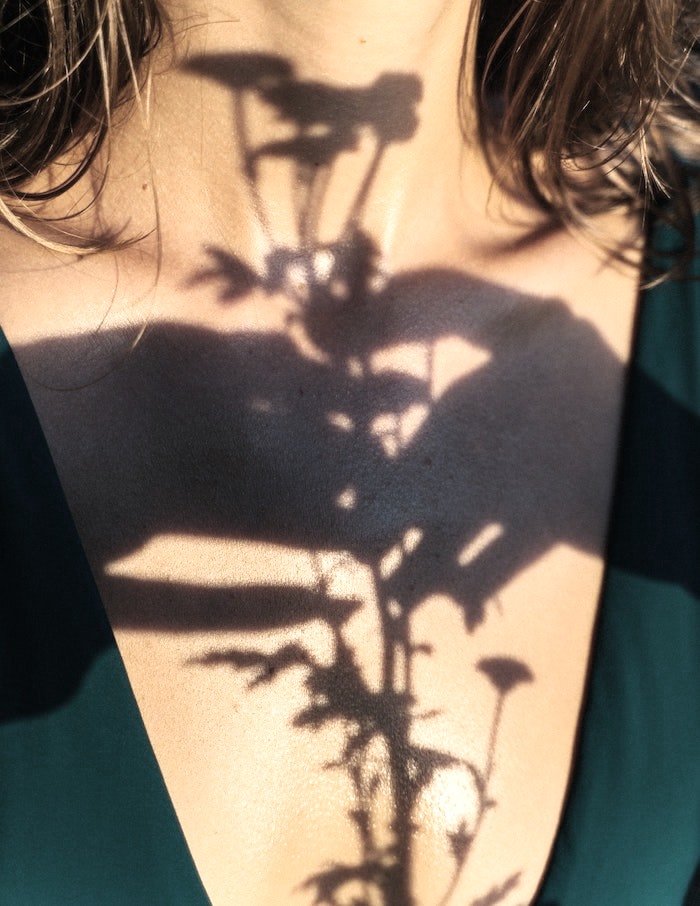The Triangle of Disempowerment: Understanding Wounded Relational Patterns
Have you ever been in a Wounded relationship with another person?
Wounded relationships can happen with our parents, siblings, other family members, friends, coworkers, bosses, and/or romantic partners. They don’t always start out in a harmful way, but it can happen slowly over time.
What makes a relationship Wounded?
Essentially, you both bring out the worst in each other. We all have our best self and we all have our self at worst. People who bring out our self at our worst are generally going to be wounded relationships and often based on shared trauma. These can offer opportunities to heal, but both parties have to want to. If only one person wants to heal, the relationship will continue to be challenging. The person who wants to heal will likely have to leave the relationship in order for them to heal.
This can include separating ourselves from family members who hurt us. As hard as it may be, sometimes cutting people out of our lives, even for a couple of months or more until we can find stability in our healing, is necessary. You have the right to peaceful and loving relationships. You have the right to set realistic boundaries and have them respected. Sometimes loving people from afar is easier on both us and them. We can love each other more from afar at times.
These challenging relationships include lots of drama, yelling, blaming, shaming. They involve gaslighting and manipulation, which can be overt or quite subtle at times. Wounded relationships include experiences of physical, emotional, and mental abuse, coercion, or pressure to perform or be a certain way. They do not allow a person to be themselves and flourish. Wounded relationships attempt to control others, what they can do, who they can see, or who they can be.
What is the Triangle of Disempowerment + What does it have to do with wounded relationships?
The Triangle of Disempowerment is a relational pattern that can exist within ourselves and in our relationships with others. It consists of three parts, or characters, if you will. The perpetrator, the victim, and the martyr. Each of these play a role in wounded relationships. Generally, we play more than one role and shift between them, sometimes causing the pain and sometimes having the harm directed at us. These three roles play off each other and, ultimately, leave us disempowered.
Let’s explore each of these roles further...
The Perpetrator – This is the one who is currently inflicting or causing pain in the relationship. The Perpetrator is wounded and acting to wound others. This isn’t always intentional or purposeful. They lash out and use their words or actions to hurt others. This is the one trying to control the other person in the relationship. They may try to inflict their will and force someone to do what they want them to.
The Victim – This is the one who is currently being attacked in the relationship. This is the one who is on the receiving end of abuse, harmful words, or actions. This person is being wounded by the Perpetrator. Children are always victims, as they are not capable of leaving harmful relationships with caregivers. Children cannot be Perpetrators, they are Victims, as they do not have the developmental ability to understand their actions and long-term consequences.
The Martyr – This is the one who is trying to recuse one of the other roles. They may be coming to the aid of the victim to rescue them from the Perpetrator. They may get in the middle of fights or try to mediate the situation. They may also be defending or siding with the Perpetrator, leaving the Victim to be alone in their suffering. They may try to ‘fix’ the situation, which can make things worse.
We all have likely played these roles at different time. We often do so without meaning to and without knowing so. We often react from an unconscious and unaware state, and this creates patterns around these characters. As adults, playing any of these roles can be problematic for ourselves and our relationships. This can be obvious when we are acting as the Perpetrator, but is more subtle in the other two roles. The Perpetrator does not respect a person’s personal sovereignty and right to choose what is best for themselves. When we are being the Perpetrator, we want to look at what part of us is getting activated and what is getting wounded. We want to meet ourselves with grace and forgiveness for how we acted when we were scared and hurting within.
When we are playing the victim role, we are not standing in our strength. When we are in a victim role, we are generally acting from our wounded inner child. In this experience, when this part of us is activated, we want to be saved and rescued from our pain. This is where the Martyr sometimes comes in effort to help. However, when someone outside of us comes in to play the Martyr role, or when we try to play this role for others, we lose the ability to stand up for ourselves and learn how to do this. We take away other people’s ability to do this for themselves.
We all need to know how to stand up for ourselves and believe in our ability and right to do so. We all need to practice this in order to get good at it. It is important when we are feeling victimized to check in with ourselves and see how we can rescue ourselves, by speaking up for ourselves and what we need to feel safe and comfortable in our relationships. Especially as adults, we need to feel confident in our ability to calmly, but surely, communicate what happened and what we need when someone is hurting us.
People who tend to play the Martyr role need to practice stepping back. They need to help the victim feel safe, yes, but encourage them to come to their own aid. We can have faith in people, and this alone can be a powerful resource for them. We don’t have to do for others. It is not our responsibility, and in doing so, we enable unhealthy relationship dynamics, like codependency. As much as possible, we want to empower other adults to do for themselves. We want to let them know we have faith in them to know what is best for them and give them the freedom to find out and learn, while supporting them through our love.
This is how we shift wounded relationship patterns and leave roles that inflict more pain or enable unhealthy dynamics. I hope this journal post was helpful for you. Please have grace for yourself for when you have played any of these roles. Forgive yourself and focus on how you can show up from a more empowered place in the future. To learn more about working with me and how to shift out of these parts, click here.
Sarah Seraphina is a Spiritual Activator and Liberation Guide. She is the owner of Nurtured Essence, a healing space, aimed at helping women overcome their past patterns and fears, so they may thrive and live with more power, purpose, ease, and joy. She specializes in working with healers, recovering empaths and “Damsels in Distress”, highly-sensitive women, lightworkers, and women with a sacred mission.


